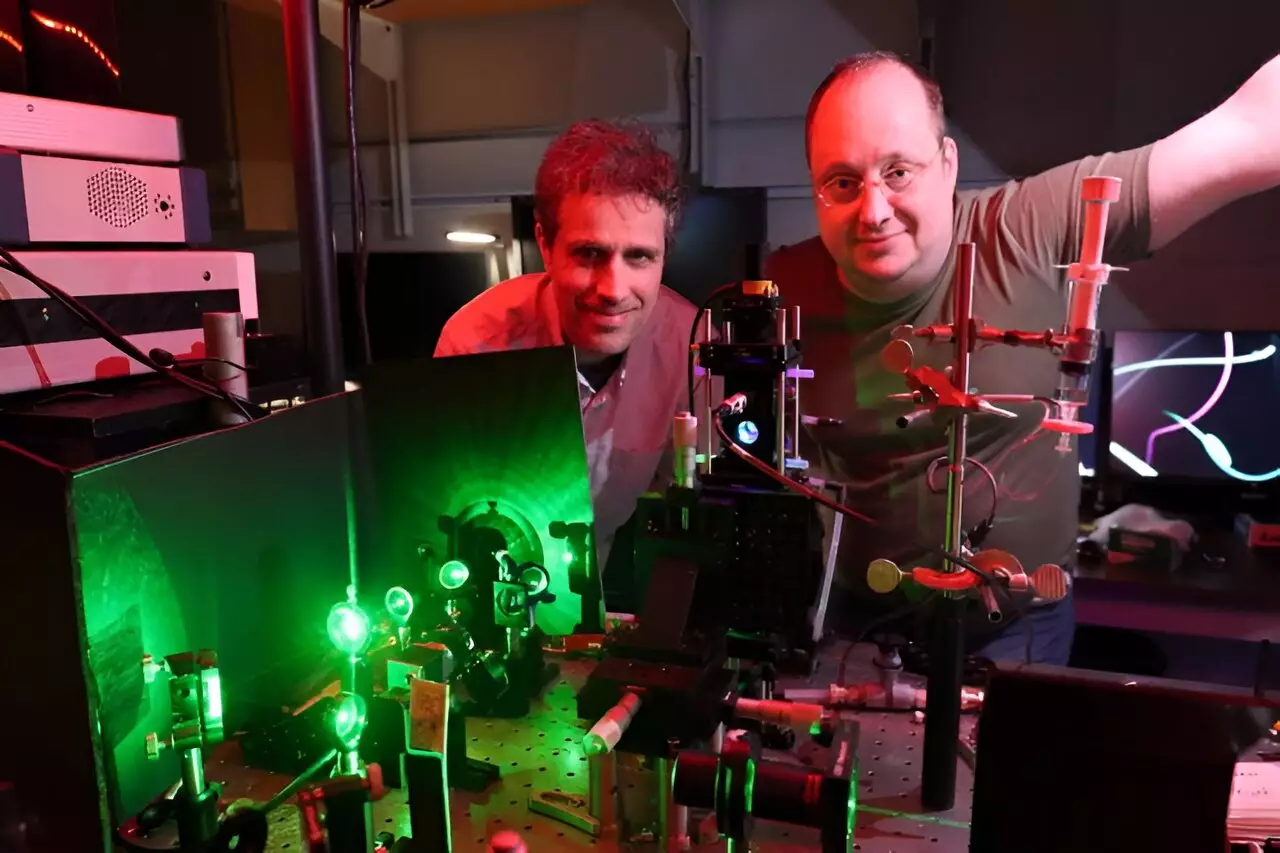A recent breakthrough in the field of chemistry at the University of California, Irvine has unveiled a new dimension in the way light interacts with matter at a nanoscale level. This groundbreaking discovery has the potential to revolutionize various technological advancements including solar power systems, light-emitting diodes, semiconductor lasers, and much more.
Silicon, known as Earth’s second-most abundant element, plays a crucial role in modern electronics. While silicon has been hindered in optoelectronics due to its poor optical properties as an indirect semiconductor, researchers have found that when confined to nanometer-scale spaces, photons can obtain substantial momentum in silicon. This revelation challenges the conventional understanding of silicon’s optical properties and opens up new possibilities for its application in optoelectronics.
The study draws parallels with the early 20th-century experiments conducted by renowned physicists like Arthur Compton and C.V. Raman. Compton’s discovery of photon momentum interacting with electrons paved the way for understanding light as having both wave and particle properties. On the other hand, Raman’s investigations into inelastic scattering led to the identification of the vibrational Raman effect, a pivotal method in spectroscopic studies. By building on these historical discoveries, the research team has uncovered a new form of electronic Raman scattering in disordered silicon, unlike previous observations limited to metals.
In their laboratory experiments, the researchers produced silicon glass samples with varying clarity, ranging from amorphous to crystal. By subjecting a 300-nanometer-thick silicon film to a focused laser beam, they were able to observe the formation of homogenous cross-linked glass and heterogeneous semiconductor glass based on temperature variations. This innovative approach allowed them to explore how electronic, optical, and thermal properties evolve on a nanometer scale, challenging existing notions of light and matter interaction.
Implications for Future Technological Applications
The discovery of photon momentum in disordered silicon has far-reaching implications for optoelectronics and beyond. By amplifying electron-photon momentum matching in disordered systems, this research opens doors for new applications in optical spectroscopies, paving the way for structural studies that are intricately linked with photon momentum. The newfound property of light at a nanoscale level is expected to bring about a wave of innovation in the field of optoelectronics, offering exciting prospects for future advancements.
The research team’s findings shed light on a previously unknown aspect of light-matter interaction, emphasizing the critical role of photon momenta in shaping the properties of materials at a nanoscale level. This breakthrough not only expands our understanding of optics but also holds promise for transforming the landscape of technological innovations in the years to come.


Leave a Reply